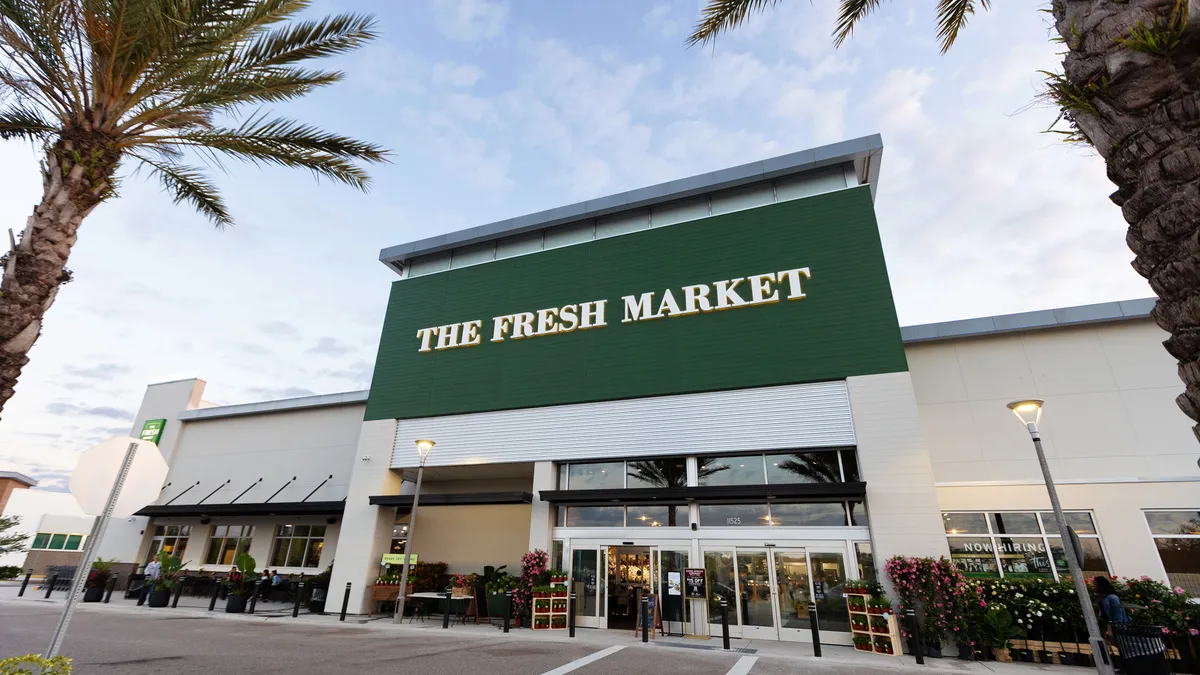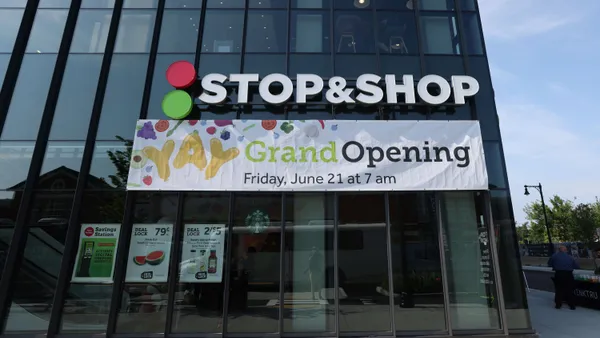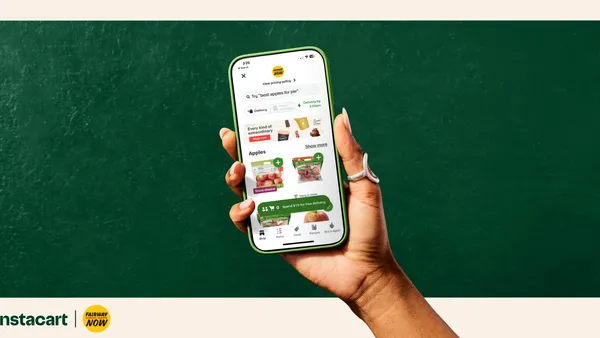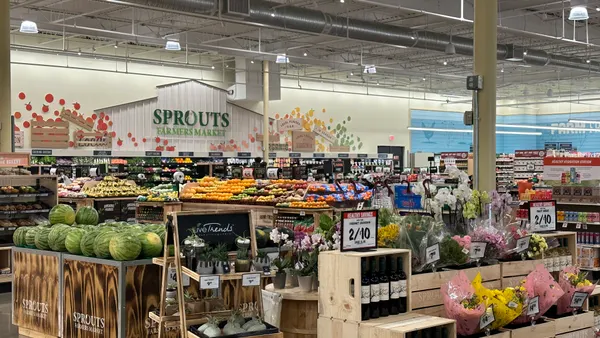Dive Brief:
- States will disperse February SNAP benefits early thanks to a minor provision in the short-term spending resolution that expired on Dec. 21, leading to the longest federal government shutdown in U.S. history. Many states will issue their portion of the $4.8 billion payout this Friday, two days before the Jan. 20 deadline, Politico reported.
- More than 260,000 retailers participate in SNAP, according to the Chicago Tribune, and they are bracing for a busy holiday weekend as the 38 million Americans on the program simultaneously receive next month's benefits. The Food Marketing Institute and other trade associations have urged retailers to educate customers about the early payout, while states try to inform participants that the money is early — not extra.
- There are few employees left to handle this last-minute announcement because one of nine state agencies are affected by the shutdown, and about 95% of the USDA staff are furloughed. Though eligible Americans can still apply for SNAP benefits through the Jan. 20 deadline, new retailers or those whose applications require renewal will have to wait until after the spending impasse, which could also affect the timing — or existence — of March benefits.
Dive Insight:
Some state agencies have held press conferences, launched radio spots, sent text messages and posted on social media to inform recipients of the early payout. Others have rushed to send letters before the end of this week, Politico reported. The early-disbursement news broke only last week, leaving states a few days to meet the Jan. 20 deadline — a Sunday.
In Wyoming, for example, the Department of Family Services scheduled payments to disburse on a select date depending on the recipient's last name, with A through D starting on Wednesday and S through Z wrapping it up on Saturday, according to County 17. That approach could alleviate some of the burden on states to meet the deadline, but there's not much time to implement it.
Grocers have prepared by stocking up on produce and other products popular with SNAP customers and staffing extra employees to handle higher volume. SNAP purchases comprise about 10% of all U.S. grocery business each year, with 80 cents of every dollar going to staple items, including meat, produce, milk, eggs, bread, cereals, grains and other dairy. The frozen food aisle could be swamped this weekend, too, as frozen prepared foods are the fourth most popular item purchased with SNAP dollars, per the USDA.
Although trade associations have alerted members of an unexpectedly busy SNAP weekend, smaller stores without such memberships might not get the memo. Convenience stores account for nearly half of all SNAP retailers, according to USDA's 2017 year-end summary, but only redeem 6% of SNAP dollars. Mom-and-pop corner stores within this segment are less likely to be part of an association. Superstores and supermarkets comprise 14% of all SNAP retailers, but redeem 82% of SNAP benefits.
Still, the USDA told the Tribune that 99% of retailers would be able to accept SNAP benefits as usual, and they play a big part in recipients’ understanding of what they can buy. A lawyer for the Illinois Retail Merchants Association noted to the Tribune that recipients tend to spend their benefits immediately, so retailers must be prepared for a rush. In Wyoming, that could start Wednesday; in other states, it could be Friday or over the weekend.
Perhaps serendipitously, grocers and convenience stores might already be preparing for a busy weekend due to the Martin Luther King, Jr. holiday on Monday, as well as NFL conference championship games on Sunday.













